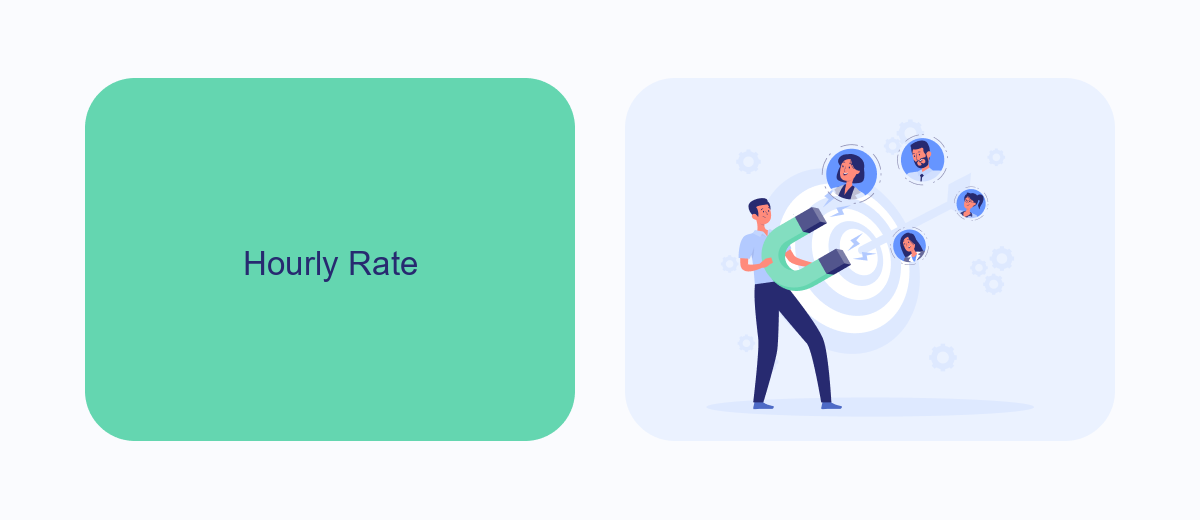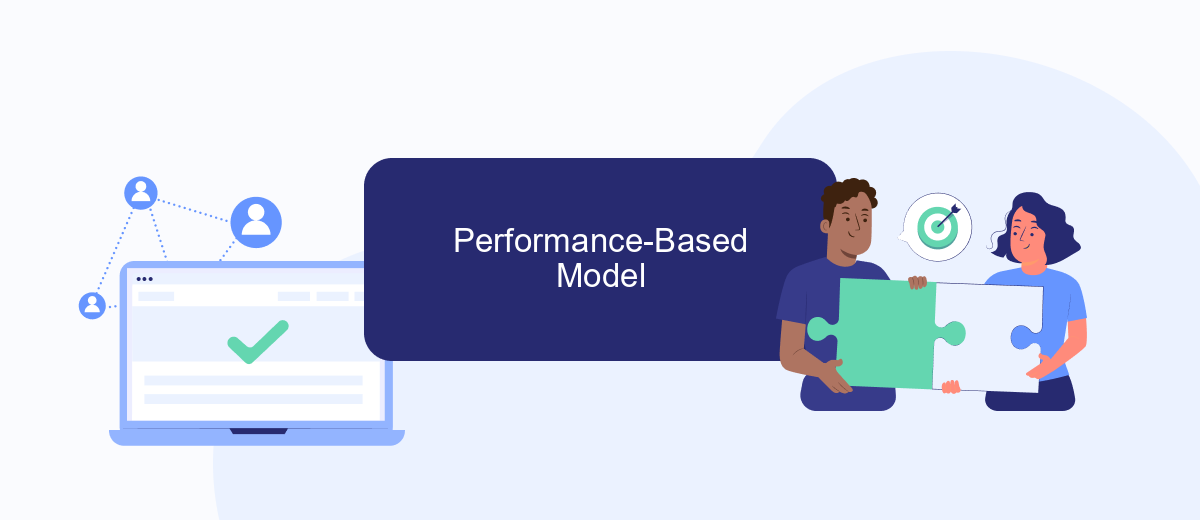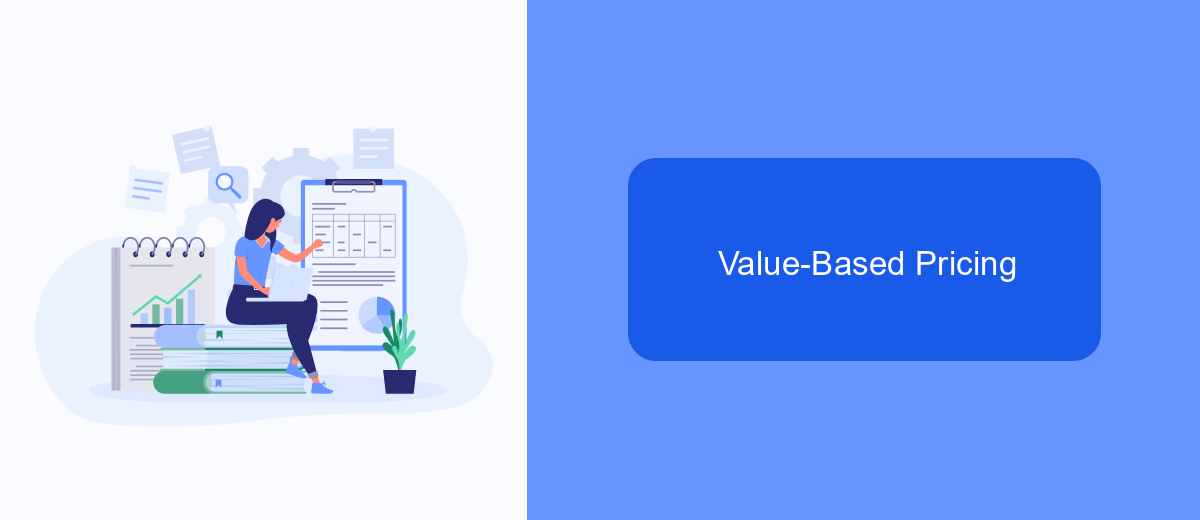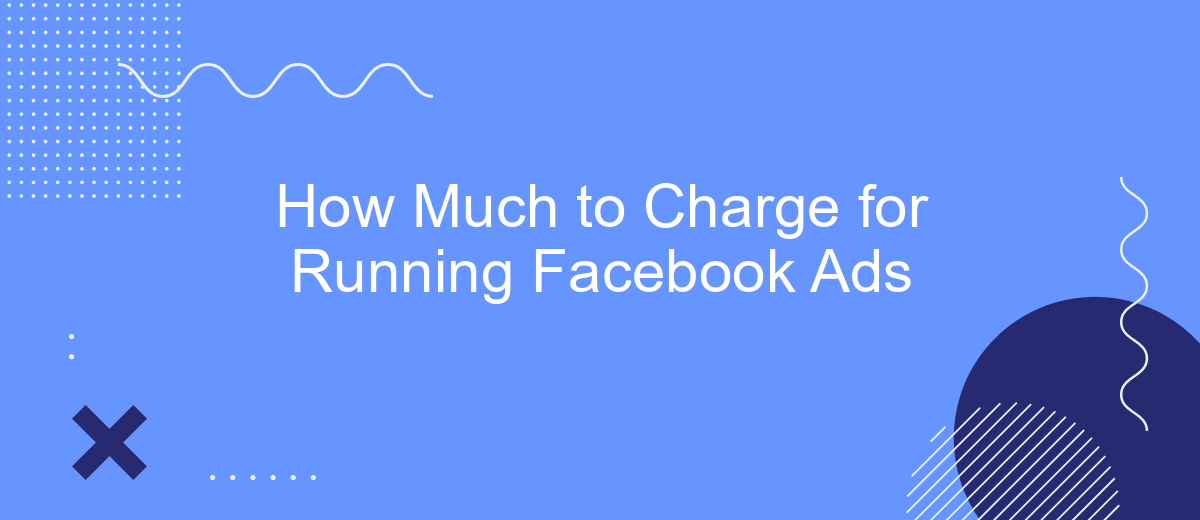Determining the right amount to charge for running Facebook ads can be a challenging task for businesses and marketers. With numerous factors to consider, such as target audience, campaign objectives, and ad quality, setting an appropriate price is crucial for maximizing return on investment. This article delves into the key elements that influence pricing strategies for Facebook advertising services.
Pricing Strategy
Determining the right pricing strategy for running Facebook ads requires a careful balance between your costs, the value you provide, and market rates. It's essential to consider factors such as your experience, the complexity of the campaign, and the client's budget.
- Hourly Rate: Charge based on the number of hours you spend managing the campaign.
- Flat Fee: Set a fixed price for the entire campaign duration.
- Percentage of Ad Spend: Charge a percentage of the client's total ad spend.
- Performance-Based: Charge based on the results achieved, such as cost per lead or return on ad spend.
Additionally, offering integration services can add value to your pricing strategy. Tools like SaveMyLeads can automate lead data transfer from Facebook ads to CRM systems, enhancing campaign efficiency. By incorporating such services, you can justify higher rates and provide a more comprehensive solution to your clients.
Hourly Rate

When determining your hourly rate for running Facebook ads, it's essential to consider various factors such as your level of expertise, the complexity of the campaign, and the value you bring to your clients. Beginners might charge anywhere from to per hour, while more experienced marketers with a proven track record can command rates of 0 per hour or more. It's crucial to assess the client's needs and budget, ensuring that your rate aligns with the value you provide.
Additionally, offering services that streamline the ad management process can justify a higher hourly rate. For instance, integrating tools like SaveMyLeads can significantly enhance campaign efficiency by automating lead data transfers from Facebook ads to various CRM systems. This not only saves time but also improves lead management, making your services more valuable. By highlighting such integrations, you can demonstrate the added benefits your expertise brings, potentially allowing you to charge a premium for your services.
Performance-Based Model

The performance-based model is an attractive option for businesses looking to optimize their advertising spend. This model charges clients based on the results achieved, such as clicks, leads, or conversions. It ensures that both the advertiser and the agency are aligned in their goals, focusing on tangible outcomes rather than just ad placements.
- Define Key Performance Indicators (KPIs): Establish clear metrics such as cost-per-click (CPC), cost-per-lead (CPL), or return on ad spend (ROAS) that will determine the success of the campaign.
- Set Performance Benchmarks: Agree on specific targets that need to be met to ensure accountability and transparency in the campaign's performance.
- Utilize Integration Services: Use tools like SaveMyLeads to automate data collection and streamline the process of tracking and analyzing performance metrics.
By adopting a performance-based model, businesses can ensure they are getting the most value for their advertising dollars. This approach not only fosters trust and collaboration but also drives continuous improvement in campaign strategies. Utilizing integration services like SaveMyLeads can further enhance efficiency and accuracy in measuring performance outcomes.
Value-Based Pricing

Value-based pricing is a strategy where you set your rates based on the perceived value you deliver to your clients. Unlike cost-plus pricing, which focuses on covering your costs and adding a profit margin, value-based pricing considers the benefits your services bring to the client's business. This approach can lead to higher earnings if you can clearly demonstrate the value of your expertise.
When determining your value-based pricing, consider the following factors:
- Client's revenue increase from your ads
- Cost savings achieved through your strategies
- Market position and brand enhancement
- Time saved by using your services
Integrating tools like SaveMyLeads can further enhance the value you provide. SaveMyLeads automates lead processing, ensuring that potential customers are captured and followed up with efficiently. This not only saves time but also increases conversion rates, making your services even more valuable to clients. By highlighting these added benefits, you can justify higher rates under a value-based pricing model.
Tiered Pricing
Tiered pricing is an effective strategy for charging for Facebook ads, allowing you to offer different levels of service based on the client's budget and needs. Typically, you can structure your pricing into three tiers: basic, standard, and premium. The basic tier might include essential ad creation and management services, suitable for small businesses or startups with limited budgets. The standard tier can offer more comprehensive services, such as advanced targeting, A/B testing, and performance reporting, ideal for growing businesses looking to optimize their ad spend.
The premium tier, on the other hand, can encompass a full suite of services, including in-depth analytics, customized ad strategies, and integration with other marketing tools. For instance, integrating your Facebook ad campaigns with SaveMyLeads can automate lead generation and streamline your marketing efforts. This tiered approach not only caters to different client needs but also provides a clear path for upselling, ensuring that clients can scale their advertising efforts as their business grows.
- Automate the work with leads from the Facebook advertising account
- Empower with integrations and instant transfer of leads
- Don't spend money on developers or integrators
- Save time by automating routine tasks
FAQ
How much should I budget for my Facebook ads?
What factors influence the cost of Facebook ads?
How can I optimize my Facebook ad spending?
Is there a minimum amount I need to spend on Facebook ads?
How do I measure the ROI of my Facebook ads?
Would you like your employees to receive real-time data on new Facebook leads, and automatically send a welcome email or SMS to users who have responded to your social media ad? All this and more can be implemented using the SaveMyLeads system. Connect the necessary services to your Facebook advertising account and automate data transfer and routine work. Let your employees focus on what really matters, rather than wasting time manually transferring data or sending out template emails.

